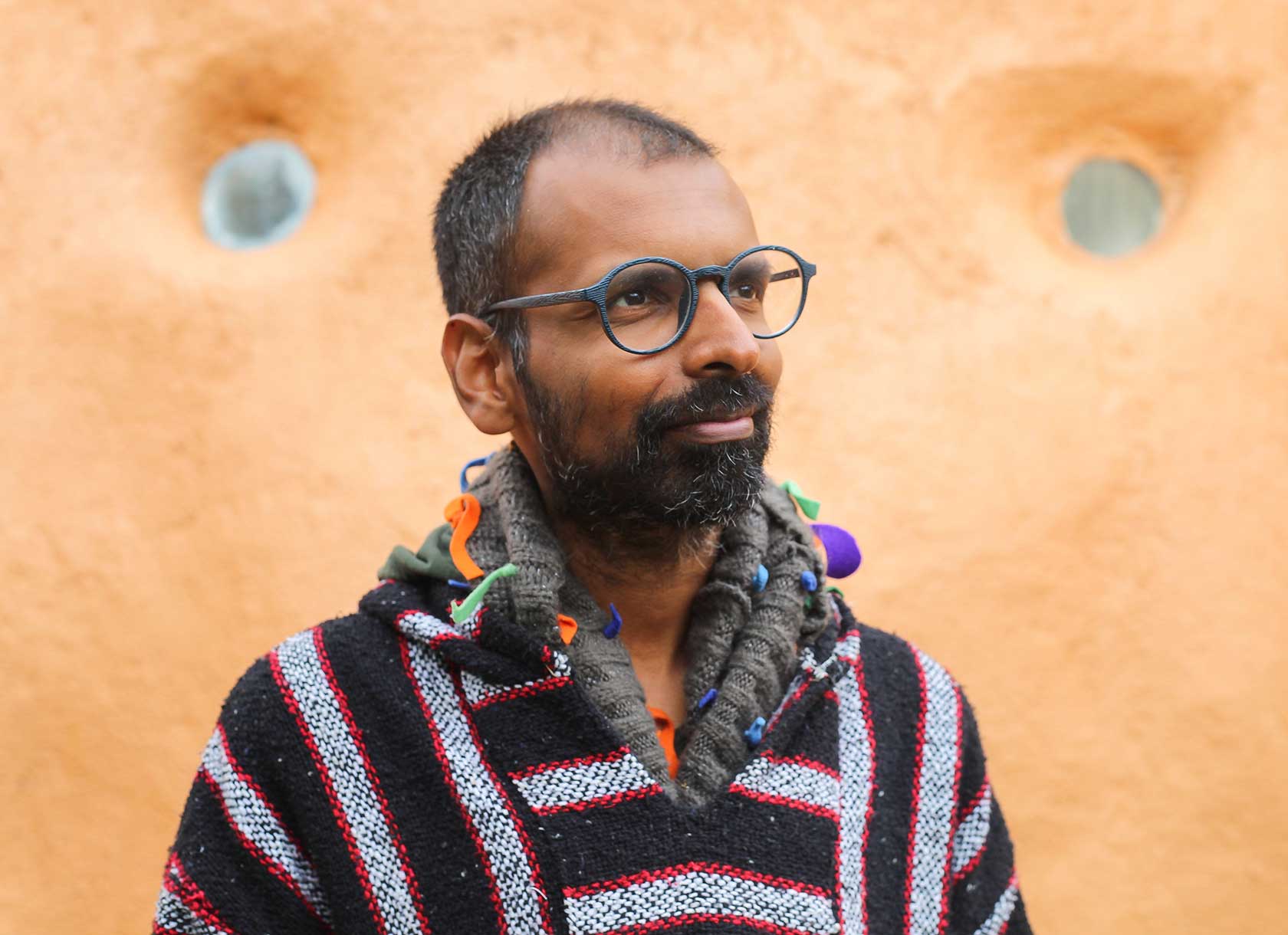
As part of our ongoing series on Scripps’ faculty, the Office of Marketing and Communications sat down with Gautam Agarwal, assistant professor of neuroscience, to discuss decision-making, the interdisciplinary nature of neuroscience, and electronic music.
Marketing and Communications: Your areas of expertise include decision neuroscience, game theory, and mathematical biology. Tell us about those fields and how they intersect with neuroscience.
Gautam Agarwal: Neuroscience studies the brain on so many different levels, from molecules to cells to circuits to behaviors to societies, and each one of those levels seems to have its own kind of rules. Each level has led to its own models and, as time has gone on, all the levels have become more complicated, in that we now have way more powerful tools to record large quantities of data from any of these levels. I’ve been interested in seeing how we can distill principles of understanding using mathematical models, given how complex these data sets are. We’re at a time now where we can’t really reason through these relationships just using our words—we need a more sophisticated language, which I believe mathematics provides.
I apply these tools at many different levels. One interesting aspect of game theory, for example, is that you can predict how people ought to behave in a game, but as the game becomes more complicated, people don’t really behave as they ought to. There’s a divergence between the expected solution and the actual solution. Part of this divergence comes from the fact that, whenever we’re confronted with a really hard problem, we need to find shortcuts to solve it, but it is unclear what rules determine these shortcuts. My aim is to use the lens of mathematics to infer the rules that people use as they try to solve real-world problems.
MC: You have an interdisciplinary approach to neuroscience, exploring how its intersections with other disciplines—such as psychology, media studies, and even dance—can help improve our quality of life. Why is this interdisciplinary approach vital to our understanding of the brain?
GA: Because the brain spans so many levels of organization, if we commit to any one level, we’re missing out on what all the other levels have to say. These levels are very intersectional. Many disciplines, from philosophy to religion, have been confronting issues that are central to neuroscience for much longer than the field of neuroscience has been around—what it is to be in the world. Each of these perspectives has a very nuanced, fine-grained, and arguably more sophisticated approach than neuroscience has access to at the moment. Modern-day neuroscience has been very much in this mechanistic mindset. A lot of neuroscience is about mapping stimulus to response, and it’s been very successful, but it misses the kind of ecosystem that our minds and our brains represent—electrical, chemical, mental, and physiological exchanges that are very rich. Different introspection-focused traditions can help us leverage existing language about these ongoing experiences and connect them to this mechanistic mindset.
MC: What courses do you enjoy teaching at the W.M. Keck Science Department, and why?
GA: In both Introduction to Computational Neuroscience and a team-taught course called Foundations of Neuroscience, I’m interested in bringing ideas of computation into the context of the liberal arts, because I think that computational ways of thinking have something very valuable to add to liberal arts conversations. Specifically, computational ways of thinking really force you to define your values system—what you consider a good model or a less-good model, which really forces you to put your assumptions on the table. It compels you to make predictions: How does this idea stand the test of validation outside of the experiences you’ve anticipated? How do your theories add up? With computational methods, you can put a number on those predictions. In this current era, it’s important for people to think both very precisely and very expansively about the many different players that may enter and influence a complex social system. Math offers a unique counterpoint that will hopefully complement the ways of thinking that students are getting from a liberal arts campus.
MC: What’s one fun fact about yourself?
GA: I like dancing to electronic music because it helps me enter a unique space of connection with other people who are dancing—kind of a collective consciousness.

